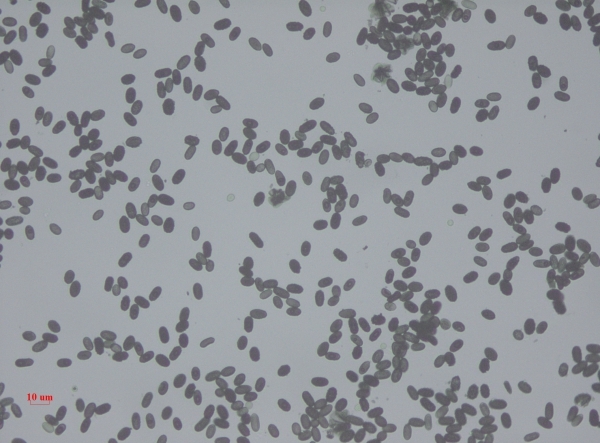Many types of molds exist, and all of them have the potential to affect your health. Molds can trigger allergic reactions or asthma attacks, or they can produce potent toxins and/or irritants.
You'll commonly find mold in buildings and homes, where it will grow in places with a lot of moisture, such as around leaks in roofs, windows, or pipes, or where there has been flooding. Mold grows on paper products, cardboard, ceiling tiles, and wood products. You can find it in dust, paints, wallpaper, insulation, drywall, carpet, fabric, and upholstery.
Mold reproduces by making spores that continually waft through the air and can enter your home through open doorways, windows, vents, and heating and air conditioning systems. Mold in the air outside can also be carried indoors on clothing, shoes, and pets. When mold spores drop on moist places, they will grow and digest whatever they are growing, thus destroying them.
Many building materials - especially wet cellulose materials, including paper and paper products, cardboard, ceiling tiles, wood, and wood products - encourage the growth of some molds, as can dust, paints, wallpaper, insulation materials, drywall, carpet, fabric, and upholstery.
Mold growth, which often looks like spots, can be many different colors, and can smell musty. Color is not an indication of how dangerous a mold may be. Any mold should be removed and the moisture source that helped it grow should be removed.
Mold and your health
Certain molds are toxigenic, meaning they can produce poisons (mycotoxins) that can affect your health depending on mold type, the amount and duration of exposure, and the situation.
The World Health Organization, National Academy of Medicine, and National Toxicology Program (NTP) all confirm that occupants of damp, moldy buildings have an increased chance of respiratory problems, such as shortness of breath and worsening asthma.
There are a few reports that toxigenic molds found inside homes may cause unique or rare health conditions such as pulmonary hemorrhage or memory loss. These reports are rare, and scientists have not established a link between the presence of the toxigenic mold and these conditions.
You can usually see or smell large mold infestations, and these damp and moldy environments may cause a wide variety of health effects, or none at all. Exposure can lead to symptoms such as stuffy nose, wheezing, and red or itchy eyes, or skin. Some people, such as those with allergies to molds or with asthma, may have more intense reactions like fever and shortness of breath.
Researchers have linked indoor exposure to mold with upper respiratory tract symptoms, coughing, and wheezing in otherwise healthy people and more severe complications in others. The World Health Organization has issued guidance about indoor air quality, and other studies have suggested links of early mold exposure to respiratory illness in children.
Government health officials caution that no link has been proven between other adverse health effects such as memory loss or lethargy, and molds, including the mold Stachybotrys chartarum (“black mold”). [Editor's note: You will find abundant online resources that insist otherwise, and even the CDC acknowledges that toxic mold affects different people differently.]
People with immune suppression or underlying lung disease are more susceptible to fungal infections. Individuals with chronic respiratory disease (e.g., chronic obstructive pulmonary disorder, asthma) may experience difficulty breathing. Individuals with immune suppression are at increased risk for infection from molds.
If you or your family members have these conditions, a qualified medical clinician should be consulted for diagnosis and treatment.
There is no blood test for mold. Some physicians can do allergy testing for possible allergies to mold, but no clinically proven tests can pinpoint when or where a particular mold exposure took place.
